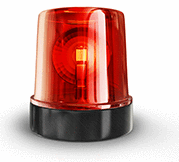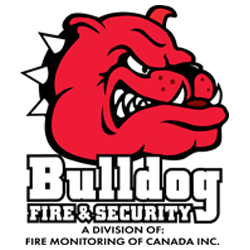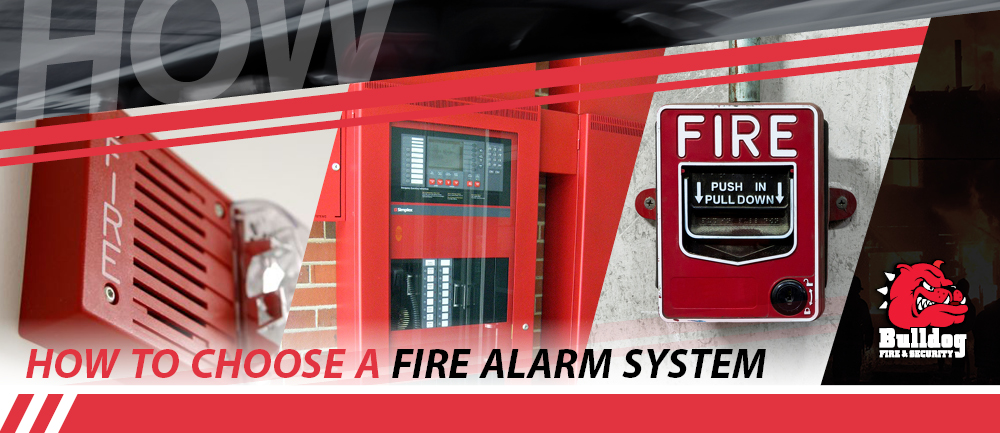Protecting the occupants of your building in the event of a fire should be a top priority for today’s building owners and managers. Choosing the right fire alarm system for your building can be an intimidating process, and we recommend working with an experienced fire alarm company to assess your needs and help you choose the right system. Here are four steps to help you choose the right fire alarm system for you.
1. Assess Your Building’s Risks and Threats
The first step in choosing the right fire alarm system for your building is to identify the various risks within your building, and determine how the fire alarm system should alert the occupants of the building about them. It’s important to note that the fire alarm system is only designed to detect alarms and prompt people to get out of the building, and you may need to take additional fire safety measures including items such as sprinklers, smoke detectors, and heat sensors.
Once you have determined all of the fire risks, these items should be included in your fire risk assessment, which is used to identify potential hazards and high-risk areas. By determining where, how, and what types of fires can start, you can utilize this information to create a plan for earliest detection of fire at your building.

2. Consider the Size and Layout of your Building
The size and layout of your building is an important consideration when evaluating the right fire alarm system for you. A smaller facility is well suited to a conventional fire alarm system, which connects the control panel with each device on a separate wire, and are typically set up on zones. This way, when a device is activated, the system can identify the zone, and help narrow down the location of a potential fire.
Large facilities often require a more intricate fire alarm system. Buildings with many floors or sections may be best served by an addressable fire alarm system. An addressable fire alarm system assigns a unique address to each device. This means that you can identify the exact location of an activated device while not needing a single wire connected to each device respectively. All of the devices within a building are connected on one wire that is looped to the control panel. These systems are very customizable, and can be set up to control other functions such as shutting down equipment, activating fire suppression efforts, and recalling elevators to ground level.
If your facility is spread out over multiple buildings within the same area, you may require the use of a fire alarm system that communicates with the different areas. Wireless alarms allow you to manage these multiple locations through a central control system without the use of hardwiring.
3. Choose the right devices for your needs

The most important objective of a fire alarm system is to alert a building’s occupants of the potential danger. There may be multiple scenarios depending on the nature of your building, so your fire alarm system must consider all of the potential requirements.
Notification appliances such as sirens, speakers, strobes (flashing lights), all assist in notifying occupants of an alarm. Building safety components like exit lighting or ventilation systems can help ensure that everyone gets out of the building safely.
You should also take into consideration people with accessibility needs. Mobility, vision, and auditory disabilities all need to be accounted for when designing your fire alarm system.
4. Do You Require Fire Alarm Monitoring?
In some cases, your building may be required by code to have fire alarm monitoring. For example, here in Ontario, the Building Code indicates that a fire alarm monitoring system must exist for buildings such as care facilities and hospitals, schools and daycares, high-rise buildings, and buildings where a sprinkler system is present. This means that if your building falls into one of the applicable categories, there is a requirement by law to have your fire alarm system monitored.
Conversely, even if you are not required by code to have fire alarm monitoring in your building, its still a good idea to have your fire alarm monitored 24/7. By having a monitored fire alarm system, it ensures that the fire department is always dispatched upon activation.
Learn More

For 19 years, Bulldog Fire and Security has been an expert in fire alarm system installation and service, having installed a variety of systems throughout Southwestern, Ontario.
To learn more about fire alarm service and installation, call us at 1 866 670 1590, email info@bulldogsecurity.ca, or fill out the contact form below.

